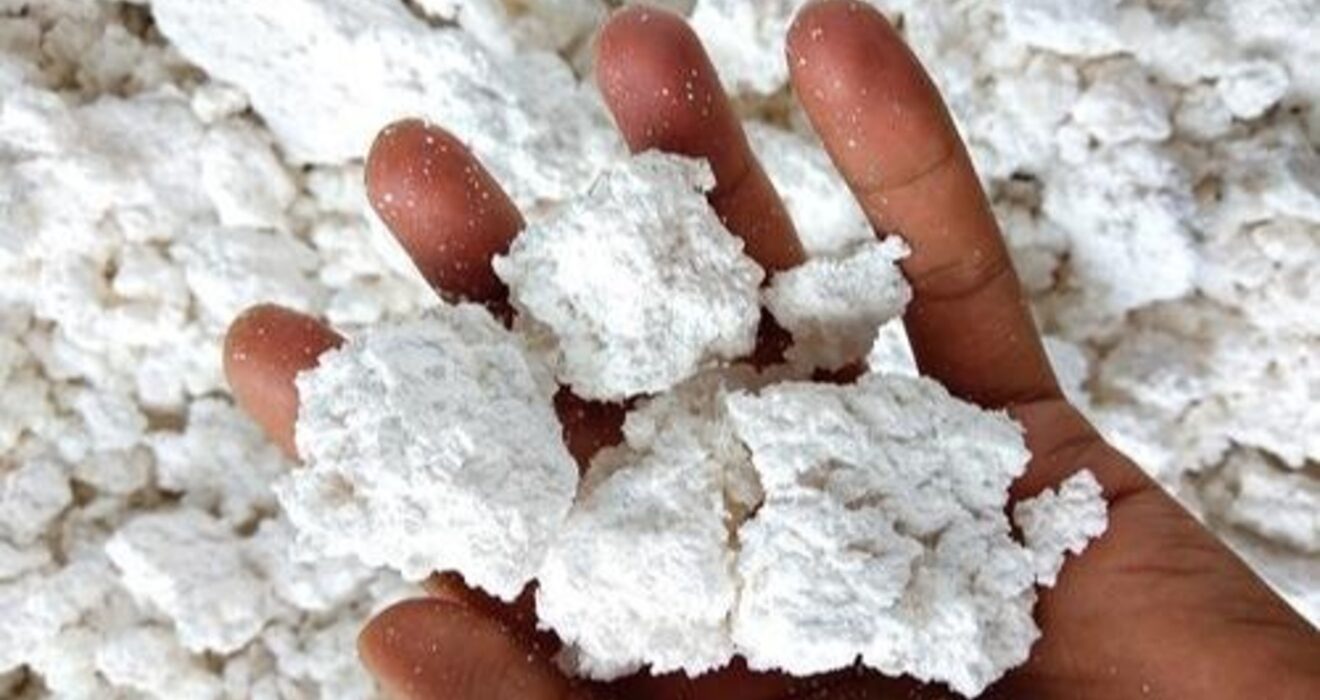Calcium Chloride (CaCl₂)
Basic Information
- Chemical Formula: CaCl₂
- Appearance: White crystalline solid
- Odor: Odorless
- Solubility: Highly soluble in water
Common Uses of Calcium Chloride
- Deicing and Anti-Icing:
- Used on roads, sidewalks, and parking lots to melt ice and snow.
- Works at lower temperatures compared to salt (sodium chloride).
- Dust Control:
- Applied on unpaved roads, construction sites, and other areas to reduce dust.
- Helps in binding dust particles, preventing them from becoming airborne.
- Food Additive:
- Used in the food industry as a firming agent for canned vegetables and fruits.
- In cheese-making, it helps milk coagulate and form curds.
- Industrial Applications:
- Used in oil and gas drilling to increase the density of drilling fluids.
- Employed in concrete acceleration to speed up the setting time.
- Desiccant:
- Used to absorb moisture in packaging, keeping products dry.
- Found in moisture control products like dehumidifiers.
Chemical Properties of Calcium Chloride
- Hygroscopic Nature:
- Absorbs moisture from the air, which can lead to deliquescence (dissolving in absorbed water).
- Exothermic Reaction:
- Releases heat when dissolved in water, making it useful for heating pads and self-heating cans.
Safety and Handling
- Safety Precautions:
- Wear protective gloves and eyewear when handling calcium chloride.
- Avoid inhaling dust or fumes; use in a well-ventilated area.
- First Aid Measures:
- In case of skin contact, wash with plenty of water.
- If ingested, drink water and seek medical attention immediately.
- For eye contact, rinse thoroughly with water and seek medical help.
Environmental Impact
- Deicing:
- Can be harmful to vegetation and aquatic life if used excessively.
- Runoff into water bodies can increase chloride levels, affecting water quality.
- Dust Control:
- Generally considered less harmful than using petroleum-based products for dust suppression.
- Still requires careful application to avoid environmental contamination.
Production and Manufacturing
- Sources:
- Derived from limestone and natural brine deposits.
- Production Process:
- Typically produced by reacting hydrochloric acid with limestone (calcium carbonate).
- Can also be obtained as a byproduct of the Solvay process (used for making sodium carbonate).
Forms and Grades
- Anhydrous Calcium Chloride:
- Contains no water molecules.
- Used in industrial and laboratory settings.
- Hydrated Calcium Chloride:
- Common forms include dihydrate (CaCl₂·2H₂O) and hexahydrate (CaCl₂·6H₂O).
- Used in deicing and other common applications.
- Food Grade:
- Meets specific purity standards for safe use in food products.
Economic Importance
- Market Demand:
- Widely used in various industries, leading to consistent demand.
- Global Production:
- Major producers include the USA, Canada, China, and European countries.
- Price Factors:
- Influenced by raw material costs, production methods, and regional demand.
Advantages
- Effective Deicer:
- Works quickly and at lower temperatures than many alternatives.
- Versatility:
- Multiple uses across different industries, from food to construction.
- Cost-Effective:
- Relatively inexpensive compared to other chemical solutions.
Disadvantages
- Corrosive Nature:
- Can cause corrosion on metals and concrete if not used properly.
- Environmental Concerns:
- Potential for negative impacts on vegetation, soil, and water bodies.
- Health Risks:
- Irritant to skin, eyes, and respiratory system if not handled correctly.
Alternatives and Comparisons
- Sodium Chloride (NaCl):
- Commonly used for deicing but less effective at lower temperatures.
- Magnesium Chloride (MgCl₂):
- Similar uses, with slightly less corrosive properties.
- Potassium Chloride (KCl):
- Less common due to higher cost but used in specific applications.
Storage and Stability
- Storage Conditions:
- Store in a cool, dry place, away from moisture.
- Keep in sealed containers to prevent absorption of water from the air.
- Shelf Life:
- Long shelf life if stored properly, without exposure to air and moisture.
Regulatory Aspects
- Safety Regulations:
- Subject to regulations regarding safe handling, storage, and transportation.
- Environmental Regulations:
- Guidelines for use to prevent environmental contamination, especially in deicing and dust control applications.
- Food Safety:
- Compliance with food safety standards for food-grade calcium chloride.
Future Trends
- Innovations in Deicing:
- Development of more eco-friendly deicing solutions with lower environmental impact.
- Industrial Applications:
- Increasing use in oil and gas industries, especially in emerging markets.
- Sustainability:
- Efforts to improve production processes for reduced environmental footprint.
Conclusion
- Versatile Compound:
- Calcium chloride is a versatile chemical with a wide range of applications.
- Economic Significance:
- Plays a vital role in many industries, contributing to economic activities.
- Balanced Use:
- Proper handling and balanced use can minimize health and environmental risks.



